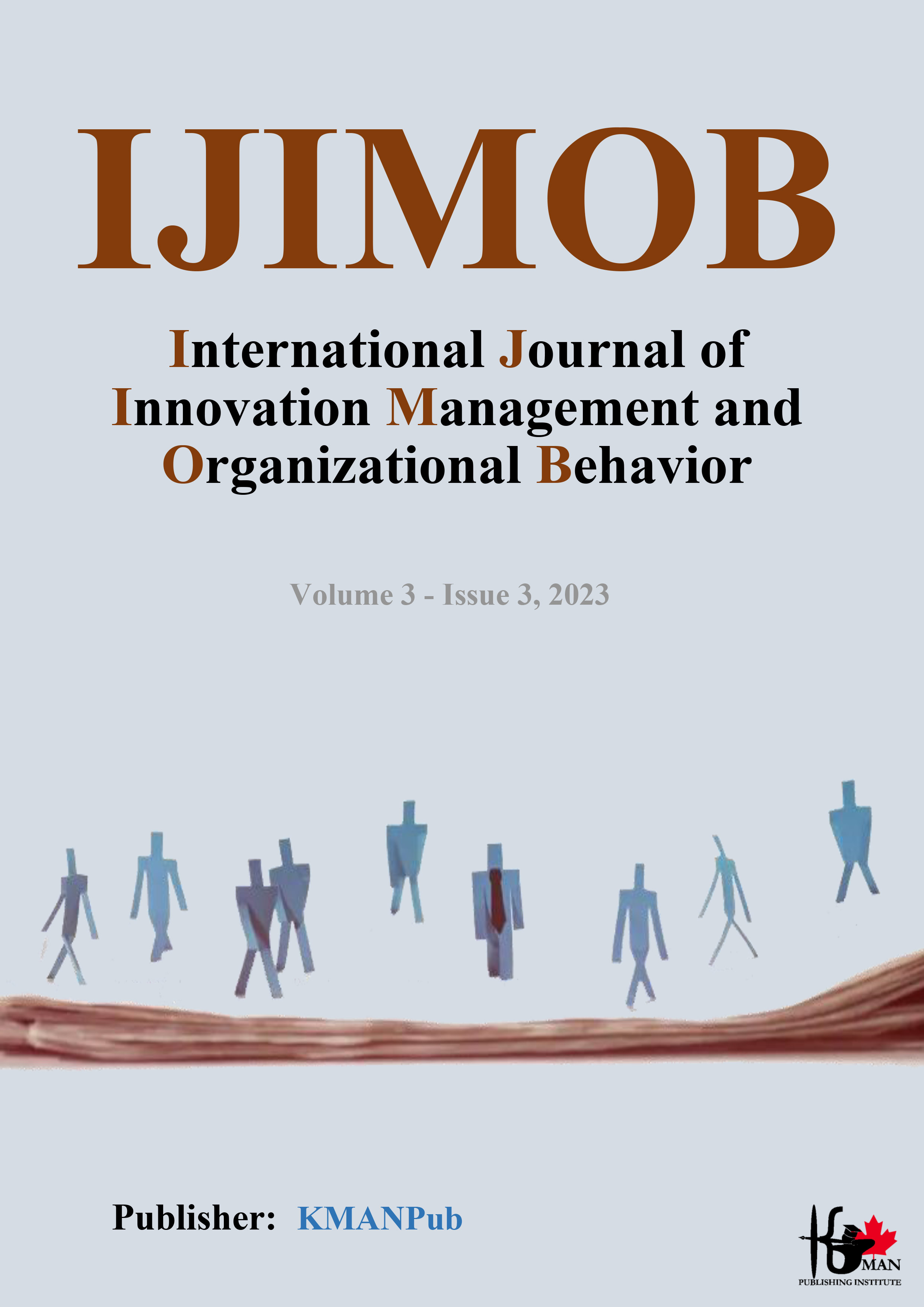Designing an Open Innovation Model for Human Resource Management in the Petrochemical Industry
Abstract
Objective: The purpose of this study was to design an open innovation model for human resource management in the petrochemical industry.
Method: The population consisted of 17 university professors specialized in human resources and experts and senior managers of the petrochemical industry, selected through purposive sampling. The main tool used in this study was semi-structured interviews, and open, axial, and selective coding methods were used for data analysis with the assistance of MAXQDA 2020 statistical software.
Results: The results of open coding revealed that a total of 215 open codes were identified, forming 83 categories.
Conclusion: Ultimately, the final examination of these categories determined that the most important factors affecting open innovation include human resource management, organizational leadership, knowledge management, organizational infrastructure, collaboration with universities and research institutions, and external participation. Furthermore, organizational structure, information technology capabilities, and social media were identified as intervening factors, while organizational relationships, organizational culture, and managers' emotional intelligence were recognized as contextual factors in the implementation of open innovation. Among the strategies for improving the open innovation paradigm are organizational learning, idea evaluation structures, micro and macro investments, business intelligence, organizational entrepreneurship, and growth centers, leading to organizational readiness, improved absorptive capacity, cultural infrastructure enhancement, knowledge resource updating, intellectual property, outsourcing approach, organizational performance improvement, and market change adaptability.
Downloads
Downloads
Additional Files
Published
Submitted
Revised
Accepted
Issue
Section
License
Copyright (c) 2023 Yaser Rashidfarokhi , Hassan Darvish (Author)

This work is licensed under a Creative Commons Attribution-NonCommercial 4.0 International License.
















